-Jul-29-2021-11-52-23-92-AM.png?width=1600&name=Blog%204%20-%20Header%20(1)-Jul-29-2021-11-52-23-92-AM.png)
Last updated on October 12th, 2023
As the number of electric vehicles (EVs) skyrockets, the demand for charging, and especially DC fast charging, is growing exponentially. Unlike AC charging, DC charging – also called Level 3 or rapid charging – allows an EV to top up its battery in minutes instead of hours.
More and more businesses are looking to enter this fast-growing market and are looking for tangible ways to optimize their DC fast charging investment.
We’ve identified 8 tips to maximize the success of your DC charging investment
- Put the needs and wants of your EV-driving customers first
- Create a profitable EV charging strategy
- Understand the specifics of your location(s)
- Identify the right DC fast charging station for your business
- Get familiar with smart EV charging
- Implement the right EV charging management software
- Include preventive maintenance
- Map out potential investment options
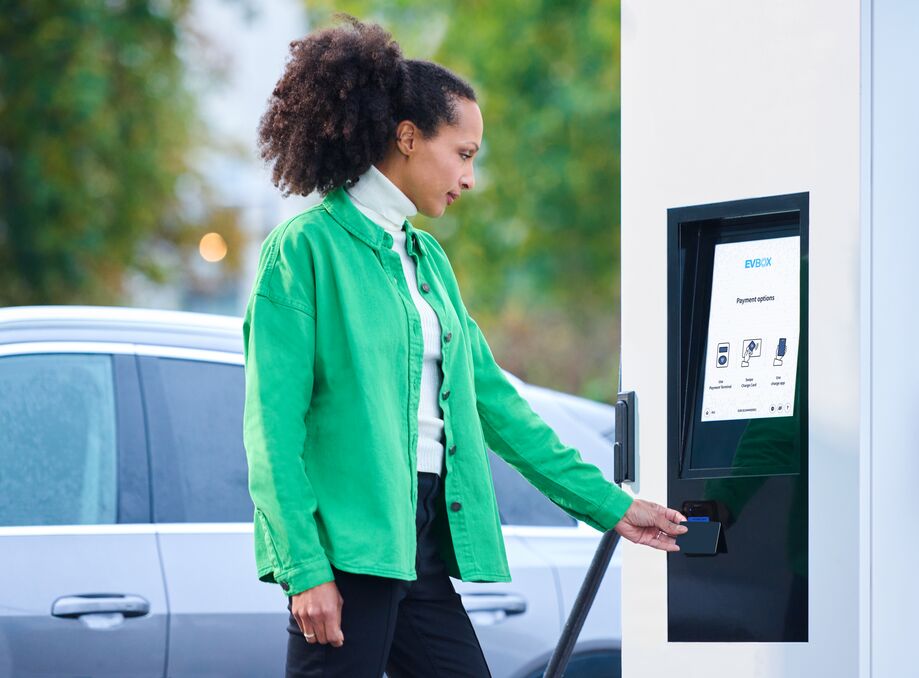
Fast charging in a fast-growing market
Over the last decade, electric mobility has grown exponentially. According to IEA’s Global EV Outlook report, there were over 26 million electric cars on the world’s roads by the end of 2022, and that number is projected to catapult to around 240 million by 2030.
As electric vehicles become more common in both the consumer and business space, the need for fast and efficient charging solutions has never been higher. Last year, the global number of fast chargers experienced a significant increase of 330,000 units, leading to a total of around 860,000 fast charging stations worldwide. In terms of market size and value, the fast charger segment led the market and accounted for more than 72.0% share of the global revenue in 2022, and this is expected to grow even further during this next decade.
As a result, more and more forward-thinking businesses are investing in high-powered direct current (DC) charging stations capable of fully charging vehicles within minutes.
Businesses of all shapes and sizes are seizing this opportunity to generate additional revenue or increase the productivity of their electric fleet by capturing the demand for fast charging. To help you get the most out of fast charging for your business, here are seven useful tips to consider before investing in DC charging stations.
1. Put the needs and wants of your EV-driving customers first
Before looking at specific DC fast charging station models, business strategies, or ways you can invest, it’s essential to understand who your visitors are and what your potential DC fast charging customer base looks like. For instance, you should look to answer questions such as:
- What are the demographics in your area?
- Who visits your location?
- How long do they tend to stay?
Demographics can be a useful place to start and can give you an idea about the people you can reach if you were to install DC charging infrastructure. Did you know that currently, EV drivers are often highly educated, younger, more often male, and mostly in full-time employment, to name but a few of the average EV driver characteristics.
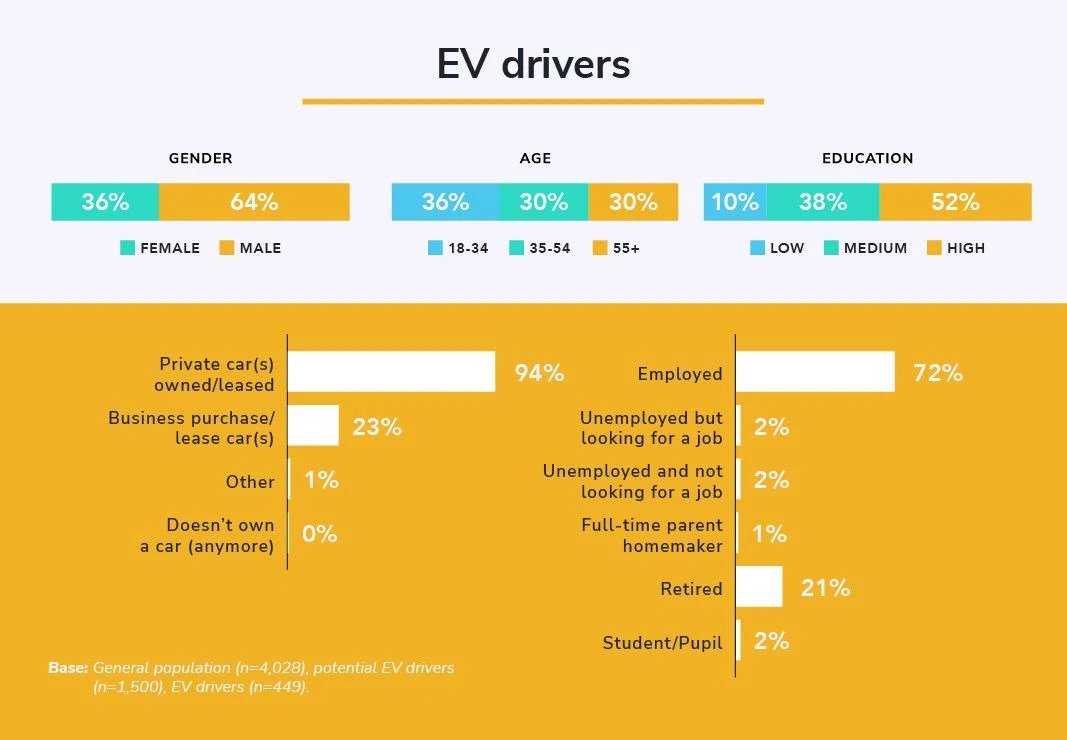
Looking at the average demographics and comparing it to your current (or ideal) customer base will help you decide if it’s a good idea to move forward. The next important question to ask yourself is, how long do people tend to stay?
If you own a business where people usually stay for a few hours—such as a restaurant, shopping mall, or a cinema– investing primarily in slower AC charging stations might suit your business better. Depending on the needs of your customers, the location of your business, or the services you offer it could be worth considering adding one or two DC fast charging stations for drivers who want to charge more quickly.
However, if you’re a business with shorter dwell times, like a gas station or fast-food retailer, just focusing on DC fast-charging stations could be a better option.
This tip applies regardless of whether you’re offering EV charging to customers or looking to keep your electric fleet charged up. The bottom line is that understanding how long an EV stays (or can stay) at your location will help you choose the right charging station with the right power output.
Establishing a solid strategy based on your business's traffic, location, and average dwell time will help you make an informed decision about the most suitable EV charging station for your situation.
Put yourself in the shoes of the driver and understand their most-used routes. Ask yourself, “What is the maximum distance they would go out of their way to charge comfortably?”. Look at any potential competition, what options are there already available, and how can you differentiate yourself?
2. Create a profitable EV charging strategy
How are you going to make money with EV charging? There is more than one way to go about it.
As return on investment can take time to achieve, many choose to explore a range of different revenue streams, to maximize the money made from DC charging.
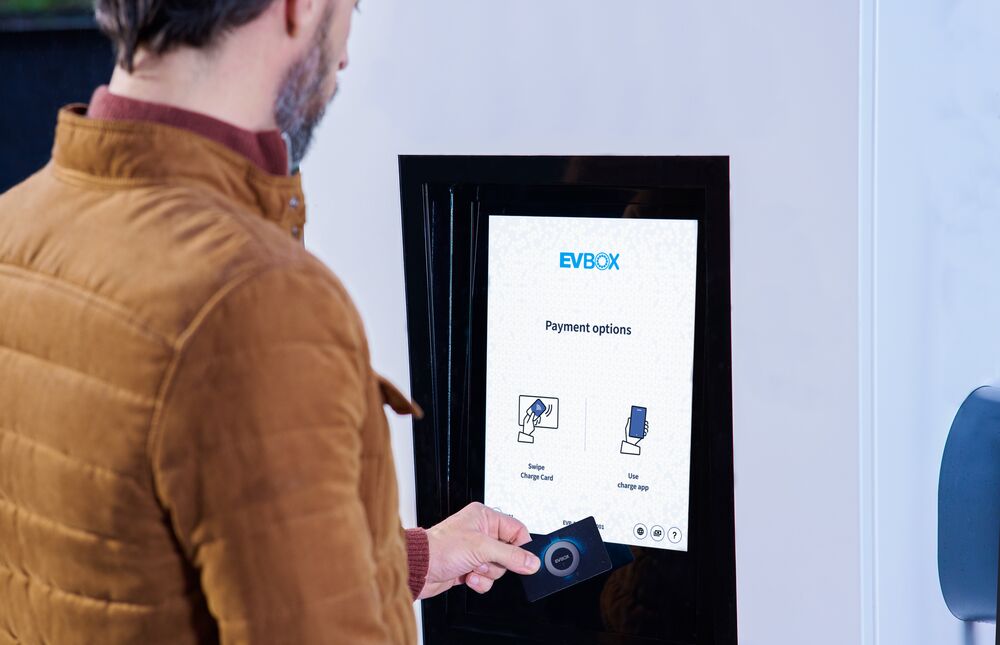
The three key revenue streams for DC fast charging are:
1. Direct charging fees
The most straightforward way to generate money is from your DC charging stations. Charging fees are the fees the operator or owner of a DC fast-charging station charges customers for electricity and are also referred to as charging tariffs. You could set these fees based on energy used, by time spent charging, a combination of both, or by subscription.
2. Collaborations with other businesses
This includes any partnership made to increase revenue generation or reduce initial costs. These collaborations can include the installation of DC fast chargers at ‘destination businesses to attract more and new customers to the area; exclusivity deals with EV fleets; and subsidized partnerships with government green initiatives.
3. Increased customer spending
This revenue stream can be encouraged in tandem with the increased time they spend on site, waiting for their EVs to charge. The availability of new high-quality, high-value services combined with a convenient charger location may result in the customer spending more than they would if visiting the same location in an ICE vehicle.
Read our dedicated article on the topic to learn more about these DC charging revenue streams.
3. Understand the specifics of your location(s)
Regardless of the type, installing a DC charging station at your location will leave a footprint. However, DC charging stations come in many different shapes and sizes, and the most suitable one for you depends on the specifics of your location and your needs.
Next to researching the profitability of your location, you need to consider that setting up your fast charging infrastructure might be more complicated than you think.
For example, where do you want to place the charging stations? How much space do you need? Is your parking architecture already suitable or do you need to make changes? From a wiring perspective, can you place the stations where you would like them to be? And, do you expect to scale up your infrastructure in the future?

All important questions to which the answers depend on the specifics of your location.
Aside from the layout of your location(s), there are often different parties that need to be involved (such as site owners, local authorities, and utility companies) before a fast charging station can be installed, and we haven’t even mentioned establishing a grid connection yet.
Don't let it discourage you, but the installation of a DC fast charging infrastructure can be quite complex. Knowing the possibilities, limitations, and challenges from the get-go, will help you plan more accurately and can save you a lot of unforeseen costs in the future.
If you have more than one location, you should treat each location as a separate project and map out the specific requirements and possibilities (or limitations) of each location.
4. Identify the right DC fast charging station for your business
There are as many types of DC charging stations as there are opportunities. So, for a comprehensive overview, we’ve covered everything you need to know about DC charging and what types of DC charging stations exist.
You can choose between a standalone charging station, with all the necessary features combined into one, or a split solution. Standalone DC fast charging stations usually have a smaller footprint and don’t require a separate unit, while split solutions come with a sleek user unit that drivers interact with and a power unit that usually enables higher-powered (and thus faster) charging.
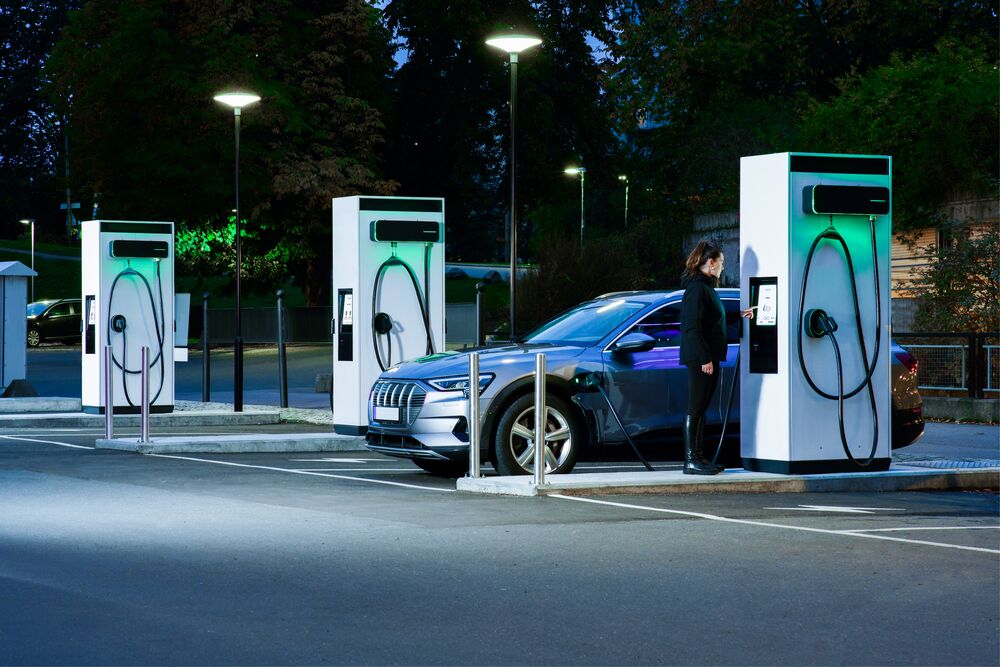
Additionally, you’ll want to ensure your DC charging stations have a scalable setup where you can easily upgrade your power output or add additional charging stations without significant modifications to the original installation.
Remember that it’s often worth consulting a partner with experience in the field to give you specific insights on what charging stations and power output are right for your business’s needs.
5. Get familiar with smart EV charging
Smart charging is an umbrella term that can mean a lot of different things. Generally speaking, it enables EVs, the grid, and charging stations to communicate with each other intelligently and, in doing so, optimize the flow of electricity based on the specific needs of your setup or your preferences.
Without getting too technical, there are a few smart charging features important to know about in regard to DC charging infrastructure.
Load balancing
Load balancing is a broader term, and the definition is in its name. You have Cluster load balancing, which distributes power between your charging stations, and dynamic load balancing, which distributes power between your stations and your location. Both features can help you get the most out of your location, limit costly grid updates, and reduce the impact of peaks in demand.
Simultaneous charging
In addition, offering simultaneous charging on a single station helps utilize your existing space. With this feature, multiple cars can be charged at your station at the same time. This could mean for example, that you won’t need to install one DC charging station per parking space but could have one station readily available for two spaces.
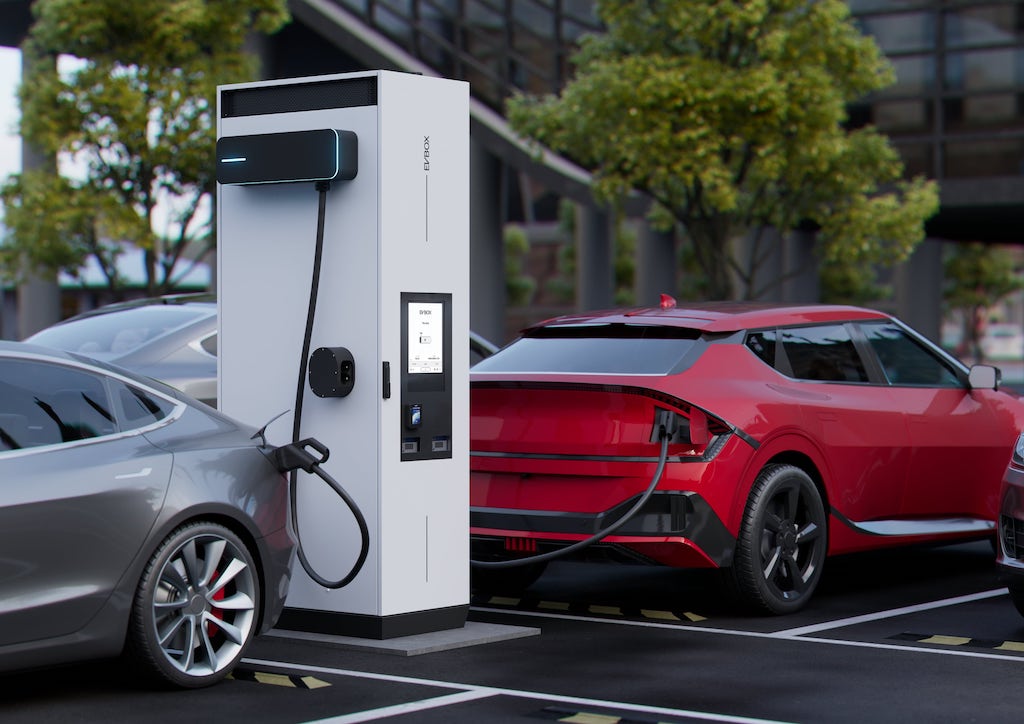
You can read more about these smart charging features in our dedicated article. Smart charging features can be a great way to future-proof your installation by helping expand its capabilities without requiring significant hardware changes.
6. Implement the right EV charging management software
DC charging stations are far more than just hardware. As a charge point owner, having accurate insights into their usage, control over various settings, and monitoring their performance in real time can help you maximize your investment. This is where charging management software (CMS) comes in. CMS like our EVBox Everon helps to keep your charging infrastructure up and running, and accessible to EV drivers.
Charging management software will also allow you to maximize revenue by setting different charging tariffs depending on variables such as the time of day or power requested; they also help you save costs by setting limitations on output during peak demand.
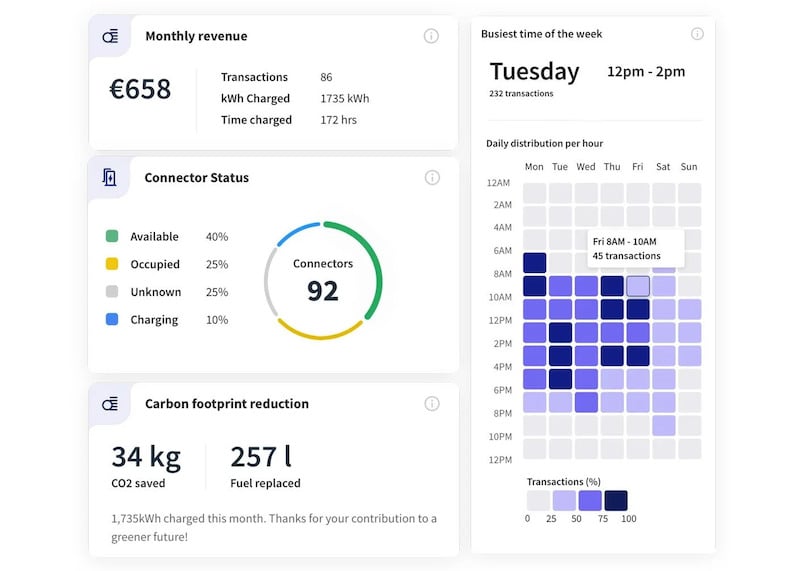
7. Include preventive maintenance
While DC charging stations are designed to withstand the elements and can handle daily wear and tear, they are complex and require maintenance by certified professionals. Therefore, to maximize the uptime of your DC charging stations – and avoid missing out on revenue from broken-down stations – you need to think about maintenance and servicing.
A good tip is to think of proactive maintenance at regular intervals: Similar to going to a doctor or a dentist for a check-up, this helps you spot any issues early and help mitigate them before they impact your customers.
When choosing a DC fast charging station, it’s worth considering whether your EV charging equipment supplier also provides maintenance services and care packages, as the station’s manufacturer is often the best placed to service their hardware.
As you build a fast charging network, you'll want to ensure your EV charging stations are low maintenance and ready to go. But if and when unforeseen challenges arise, it’s nice to have a partner who acts fast and is willing to go the extra mile. At EVBox, we offer EVBox Care to ensure you get access to first-class support, services, and training to maximize the performance of your charging stations.
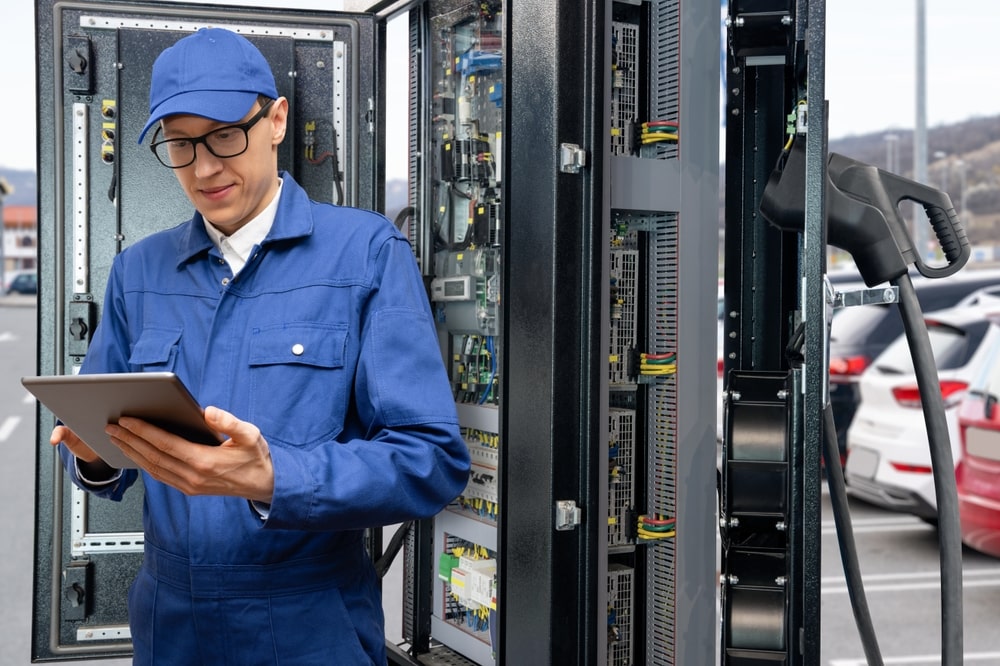
8. Map out potential investment options
While investing in fast charging equipment has several advantages and promising opportunities, the higher upfront costs (ranging from $50,000 to $100,000 per unit without installation), result in a longer return on investment (ROI).

Luckily, there are several ways you could get involved, and considering the right investment strategy is key to setting yourself up for success. To help you map out your options, we’ve identified 4 investment strategies we think you should be aware of:
1. Direct Ownership
This is the most straightforward investment strategy, you acquire the DC charging units yourself and take full responsibility for all aspects, including installation and regular maintenance.
2. Leasing
Leasing DC charging equipment allows you to circumvent substantial initial costs, by entering into a long-term lease agreement with a Charge Point Operator (CPO) or Electric Mobility Service Provider (EMSP) and paying in monthly or yearly installments,
3. Charging as a Service
Charging as a Service (CaaS) adopts a subscription-based model in which you make monthly payments to a CaaS provider in exchange for a tailored DC fast charging service that meets your requirements.
4. Partnered Shareholding
This strategy closely resembles direct ownership, but the key difference is that ownership is shared with one or more additional parties, instead of receiving a proportional share of revenue from the fast-charging site
Of course, each of these strategies has its own pros and cons, read about them in more detail in our dedicated article on DC charging investment strategies.
The EVBox DC charging portfolio
EVBox provides a range of DC charging stations as part of our end-to-end electric vehicle charging solutions for businesses around the world. For a complete list of tech specs and use cases, as well as more information, take a look at our portfolio of DC charging stations.
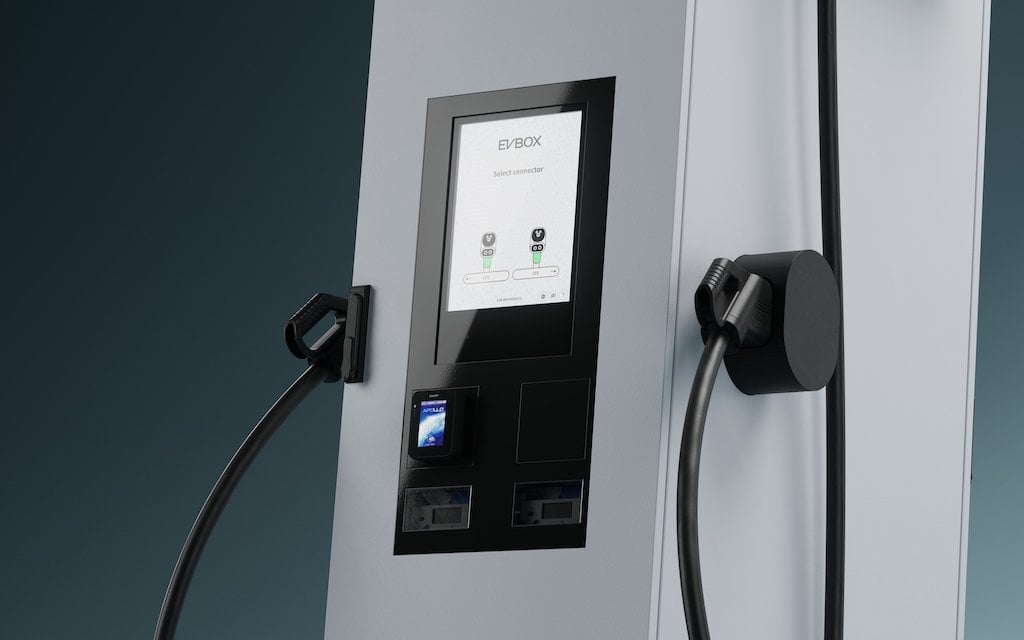
Related articles

EV charging load management and the importance of cluster load balancing
Electric vehicle (EV) charging stations can add a substantial load onto your building’s power supply, often requiring...
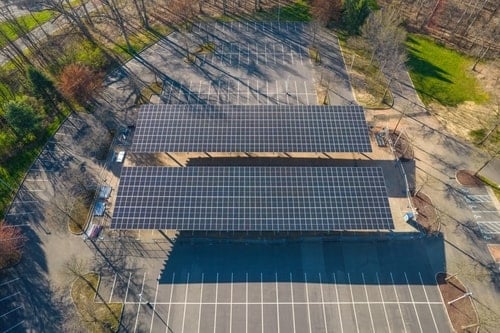
How to design a DC fast charging site
When thinking about installing DC fast charging stations on your site, careful consideration must be given to designing...
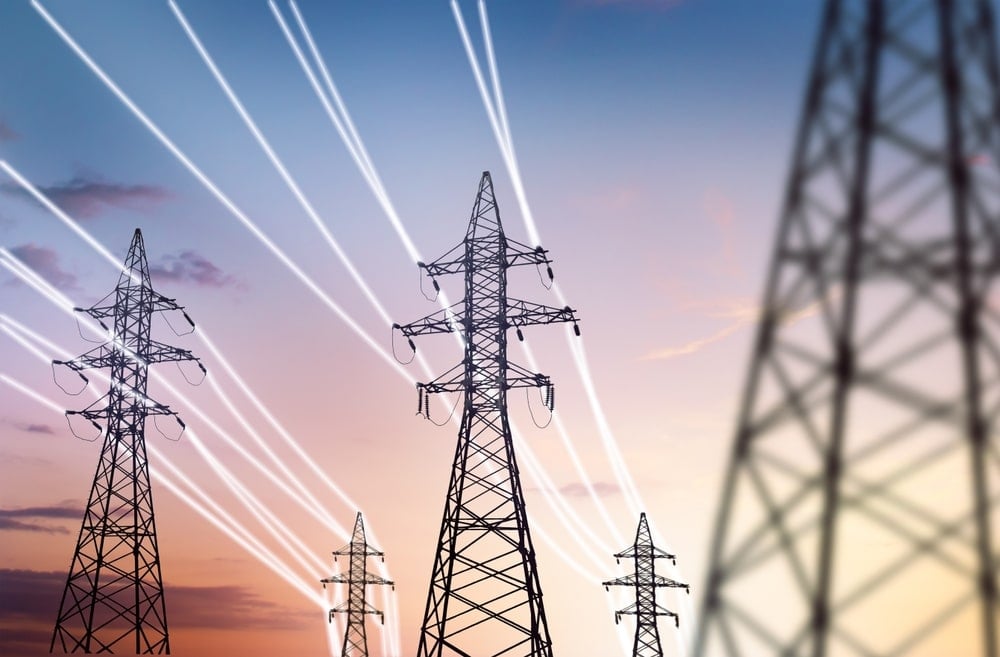
Grid connections for DC fast charging stations explained
The electrical grid is a large and established network delivering electricity from producers to consumers, and...